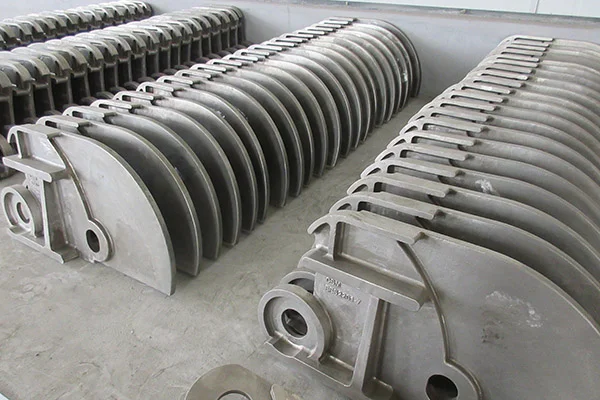When it comes to maintaining your bike, the importance of proper chain lubrication cannot be overstated. A well-lubricated chain ensures smooth gear shifts, prolongs the life of your drivetrain components, and enhances overall riding performance. However, a common question arises among cyclists and DIY enthusiasts alike: Can I use WD-40 as chain oil? In this article, we will explore the properties of WD-40, its intended uses, and whether it can effectively serve as a substitute for dedicated chain oils.
Understanding WD-40: A Versatile Product
WD-40, originally developed as a water displacement formula, has gained a reputation as a multi-purpose lubricant and cleaner. Its primary functions include:
- Moisture Displacement: WD-40 is designed to repel moisture, making it effective for preventing rust and corrosion on metal surfaces.
- Lubrication: While it provides some lubrication, it is not specifically formulated for high-friction applications like bike chains.
- Cleaning Agent: WD-40 can dissolve grime and grease, making it useful for cleaning various mechanical parts.
The Mechanics of Chain Lubrication
To understand whether WD-40 can replace traditional chain oil, it’s essential to consider the specific requirements of bike chain lubrication:
- Viscosity: Chain oils are formulated with specific viscosities to ensure they adhere to the chain while providing adequate lubrication. They are designed to remain in place under high pressure and temperature.
- Penetration: Effective chain oils penetrate deep into the chain links and rollers, ensuring that all moving parts are adequately lubricated.
- Durability: A good chain oil should resist being washed away by rain or dirt, maintaining its protective qualities over time.
The Limitations of Using WD-40 as Chain Oil
While WD-40 can provide temporary lubrication, it is not an ideal long-term solution for several reasons:
- Evaporation: WD-40 has a relatively low viscosity and can evaporate quickly, especially under heat and friction. This means it may not provide lasting lubrication for your bike chain.
- Attracts Dirt: The residue left by WD-40 can attract dirt and grime, leading to a buildup that can wear down your chain and gears over time.
- Inadequate Protection: Unlike dedicated chain oils that often contain additives to reduce wear and protect against corrosion, WD-40 lacks these essential properties.
When to Use WD-40
Despite its limitations, there are scenarios where WD-40 can be beneficial:
- Cleaning: If your chain is particularly dirty, WD-40 can be an effective cleaning agent. Spray it on the chain, let it sit for a few minutes, and then wipe away the grime with a cloth.
- Temporary Lubrication: In a pinch, if you find yourself without chain oil, WD-40 can provide temporary lubrication. However, it’s crucial to replace it with a proper chain oil as soon as possible.
Choosing the Right Chain Oil
For optimal performance and longevity of your bike chain, investing in a dedicated chain oil is highly recommended. Here are some factors to consider when selecting the right product:
- Type of Riding: Different oils are formulated for various conditions. Wet lubricants are ideal for rainy or muddy conditions, while dry lubricants are better for dry and dusty environments.
- Application Method: Some chain oils come in spray bottles, while others are designed for drip application. Choose one that suits your maintenance routine.
- Additives: Look for chain oils that contain additives for enhanced protection against wear and corrosion.
Conclusion
In conclusion, while WD-40 can serve as a temporary solution for chain lubrication and cleaning, it is not a suitable replacement for dedicated chain oils. For the best performance and longevity of your bike's drivetrain, opt for a high-quality chain oil that meets the specific needs of your riding conditions. By prioritizing proper maintenance, you can ensure a smoother ride and extend the life of your bike components. Remember, your bike deserves the best care, and using the right products is key to achieving that goal.





